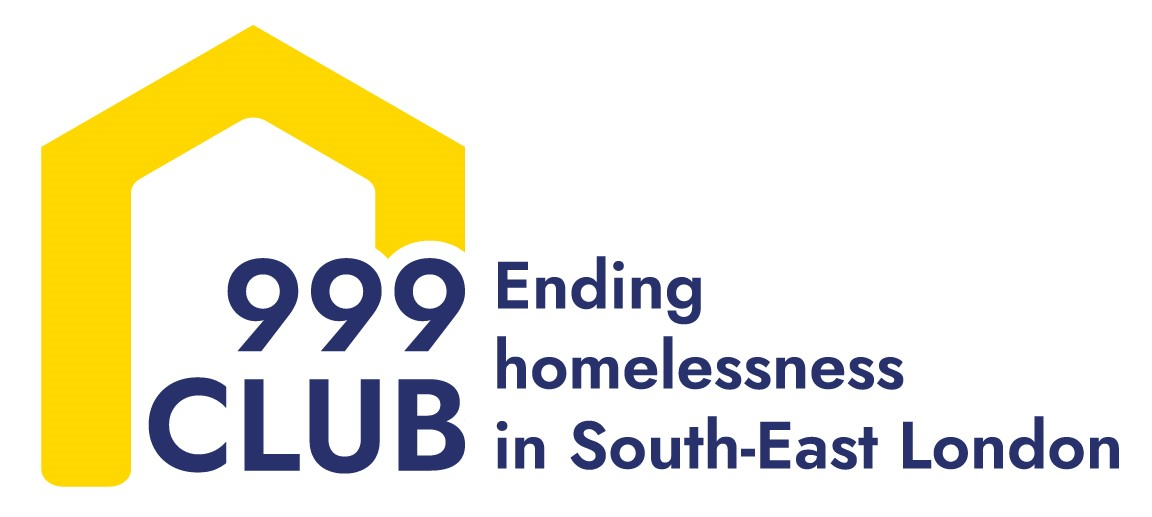At the 999 Club we see and assess people who are struggling to find a place to live. Some are rough sleeping, others are staying with friends or in hostels. Historically we’ve seen far more men then women. But, and this is purely anecdotal, the number of women coming to see us seems to be on the rise.
There are many potential reasons for this. Our physical space has recently changed , becoming lighter, more open, and perhaps less intimidating to women who are looking for help. Our website has been updated – perhaps with the result that women who are on the verge of homelessness, but not already rough sleeping – can find our details more easily and can call in advance.
But there’s another, more worrying explanation, and that is that the number of women and children without a home is on the increase.
Based on our experience, we think women approach rough sleeping in a very different way to men. It seems that they will stay with friends, ‘sofa surfing’, far longer than men, perhaps because friends are more likely to take in a woman on her own, or because a woman finds it easier to ask for help. Overcrowding, concealment (where, for example, a lone parent shares a room with their children in a household with other adults, but would rather have a home of their own), and shared households are an important element of hidden homelessness.
But the kindness of friends doesn’t last for ever. When they find that they truly have nowhere to go, many women don’t sleep rough, instead choosing to ride the night buses, so they are somewhere warm, public, and monitored by both the driver and CCTV.
It may be a safer option than the streets, but it means that these women aren’t found by homelessness outreach services, which can be the first step towards further support. And they aren’t counted in government statistics of rough sleepers, despite the fact they have nowhere to go.
When women are forced into riding the night buses, the reality is that their children go with them, and we’ve had one case this year that involved a woman riding night buses with her three year old child. She couldn’t pay her private rent, was evicted, and found by her council to be intentionally homeless, which means they did not have a duty to house her. The ending of a private tenancy, is now the most common reason for becoming homeless in London, so this isn’t an unfamiliar story.
A woman with a child will usually find support from a charity or housing organisation to find a place to live. But that doesn’t make a few nights riding London buses any less terrifying or dangerous.
Figures from Crisis state that women make up 26% of the clients of homelessness services. But our own experience, (interestingly echoed by an interview in the Guardian) is that women are hesitant to make use of such services.
If women are finding ways to conceal the fact that they are homeless, we need a coordinated policy response. For that to happen there needs to be a better evidence base, and a campaign built on that evidence. We would like Homeless Link to commission research into this and we would like the government to be proactive in getting to grips with the situation.
If you are working in the homelessness sector and see the same trend let us know how it looks to you. In the meanwhile we will continue to reach out to women who are homeless and who are, as a result, acutely vulnerable.

